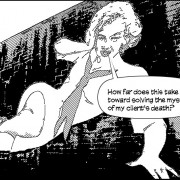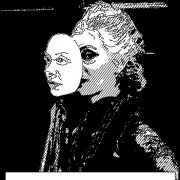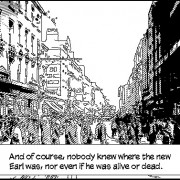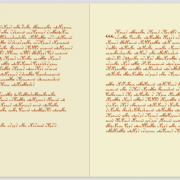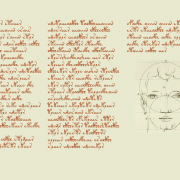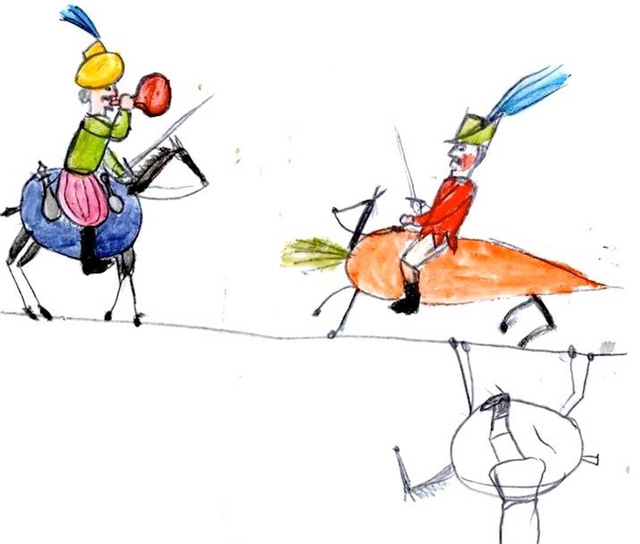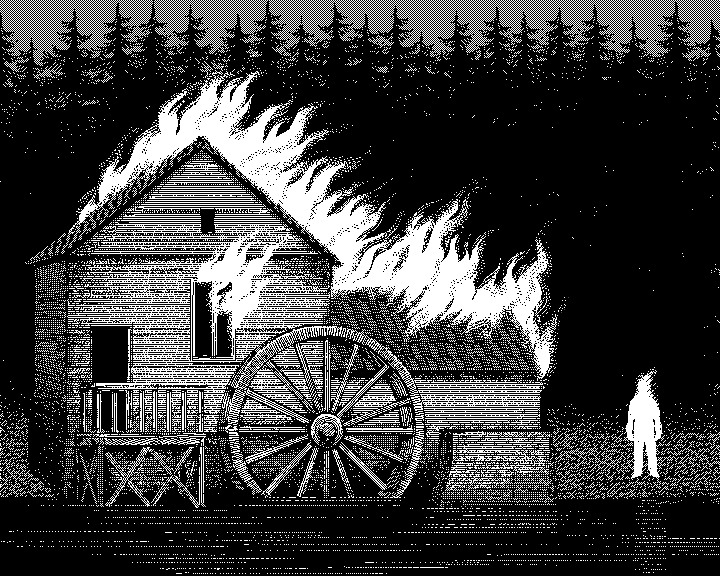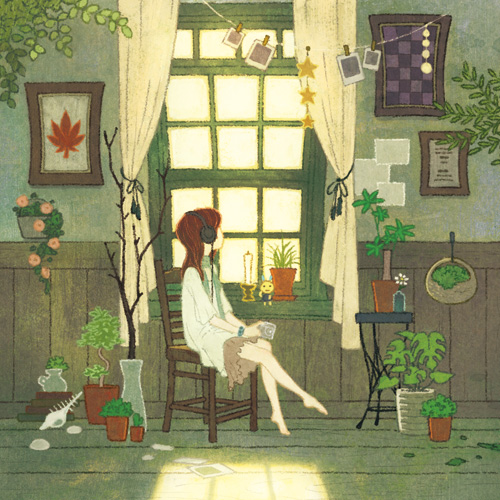Explaining a paradox
Kurz Gesagt (don’t feel bad – first I’ve heard of, too) has published a truly adorable look at the Fermi Paradox, something I find myself pondering more than is healthy. It’s really clear and informative and terribly cute, as well but it mostly caught my attention because of how much it reminded me of these animations from 2005’s take on The Hitchhiker’s Guide to the Galaxy:
Anything that can remind me of this gem amongst novels and its film adaptation…well, its creators must be “good people”.
(io9)


